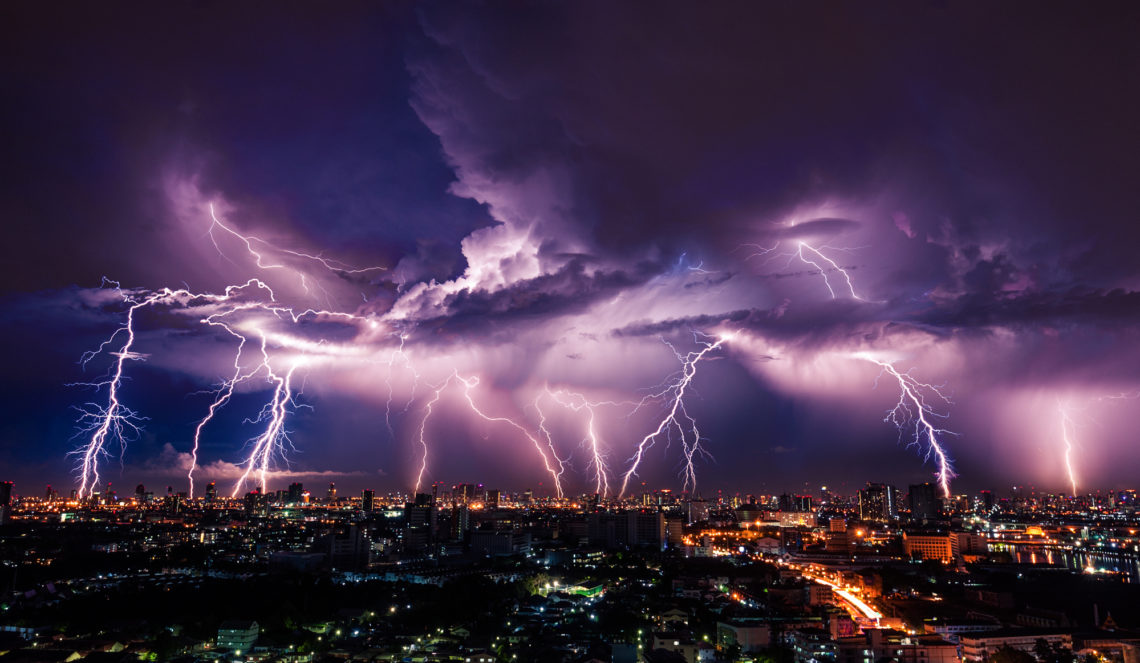
Car Accident Lawyer
Driving in a thunderstorm can be a nerve-wracking experience. The combination of heavy rain, strong winds, and lightning can make it hard to navigate the roads safely. According to a car accident lawyer with our friends at Norris Injury Law, safe driving during a storm is essential for avoiding dangerous collisions. To help you stay safe on the road, they’ve put together five essential tips for driving in a thunderstorm.
Avoid Driving if Possible
Even if the rain has not yet started, it is important to be aware of potential storms in the forecast. The lightning and heavy rain can make for hazardous road conditions that may increase the chances of a car accident. Be especially cautious when there is a risk of hail or flooding. When possible, stay at home and wait out the storm before getting back on the road. If you must go somewhere, use public transportation or have someone else drive if they are comfortable doing so.
If You Must Drive, Go Slow
Rain and strong winds can make driving dangerous, so take caution. Slow down your speed and maintain a safe distance from other vehicles on the road. Not only can you cause an accident if you’re going too fast, but water buildup on the roads can cause your car to hydroplane. In some cases, this can cause you to lose control of your vehicle and veer off the road. Keep your speed low and be extra cautious when navigating turns. And if visibility becomes an issue, pull over to the side of the road until the storm passes.
Use Your Headlights
Even during the day, it can be hard to see hazards on the road. To make sure you can clearly see, use your headlights. This not only allows you to better see what’s in front of you, but also signals other drivers that you are there. Be sure to switch your lights to low-beam if the storm is intense and you’re driving on an open road. If you’re driving in town, use your high beams, but don’t forget to dim them when you approach another vehicle. Additionally, remember to keep your lights clean and working properly. You should also ensure your windshield wipers are in good condition, so you can quickly clear your windshield of water. This will help you see further down the road and avoid potential dangers.
Pull Over if Needed
If visibility is too poor, or you don’t feel safe continuing, then it’s best to get off the road and wait until conditions improve. Pull off to the side of the road, switch off your engine and turn on your hazard lights. Stay away from power lines, trees, and water. When the storm has passed, only continue if you feel comfortable doing so. You should always check your brakes and wipers before continuing, and avoid going through flooded areas.
Watch out for Flooding
If you encounter standing water, don’t try to drive through it. Instead, you should find an alternate route. The depth of the water can change quickly, and it can be difficult to tell how deep the water is. Driving into standing water can damage your engine and lead to hydroplaning, which can cause a car accident.
If you find yourself driving through standing water, don’t speed up or accelerate. This will cause your wheels to start spinning, creating more drag and increasing your risk of stalling. Drive slowly and steadily through the water, while avoiding large puddles. If your car starts to hydroplane, remain calm and steer into the direction of the skid until your tires regain traction.
Contact a car accident lawyer in your area immediately for help if you get into a wreck.
